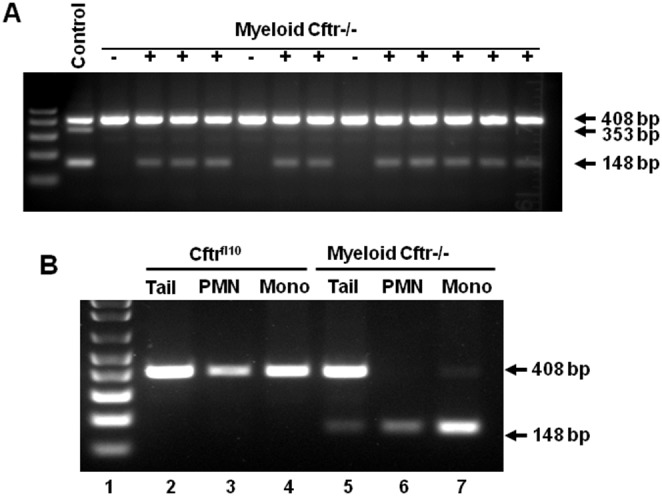Figure 1. Myeloid CFTR-inactivation in mice.

Myeloid tissue-specific CFTR-Exon-10 deletion mice (Myeloid-Cftr−/−) were produced by breeding the Cftrfl10 mice with the LysMCre transgenic mice. The Cftrfl10 mice had a double-allele modification of CFTR Exon-10 which was flanked by loxP sites, while the LysMCre mice had myeloid Cre-recombinase expression under the control of the LysM gene promoter. Myeloid-Cftr−/− mice were screened by PCR-genotyping using the specific primers to amply CFTR Exon-10. A) DNA gel of PCR products from the tail segments of two litters of pups. The 408-bp PCR amplicon indicates an intact and floxed CFTR Exon-10. In contrast, the 148-bp amplicon shows a deleted CFTR-Exon-10. The control lane shows the PCR products of a mixture of DNAs from the tails of wild-type, Cftrfl10 and Myeloid-Cftr−/− mice. The 353-bp amplicon represents the non-floxed, wild-type CFTR Exon-10. B) Confirmation of myeloid CFTR Exon-10 deletion. Purified neutrophils (PMN) and monocytes (Mono), and the corresponding tail segment (Tail) were used for PCR-genotyping. Both neutrophils and monocytes from the Myeloid-Cftr−/− mouse have the 148-bp product, indicating Exon-10 deletion, whereas the phagocytes from the control Cftrfl10 mouse show the 408-bp product. Contrarily, tails from both types of mice display the double bands due to the mixture of multiple cell types.
